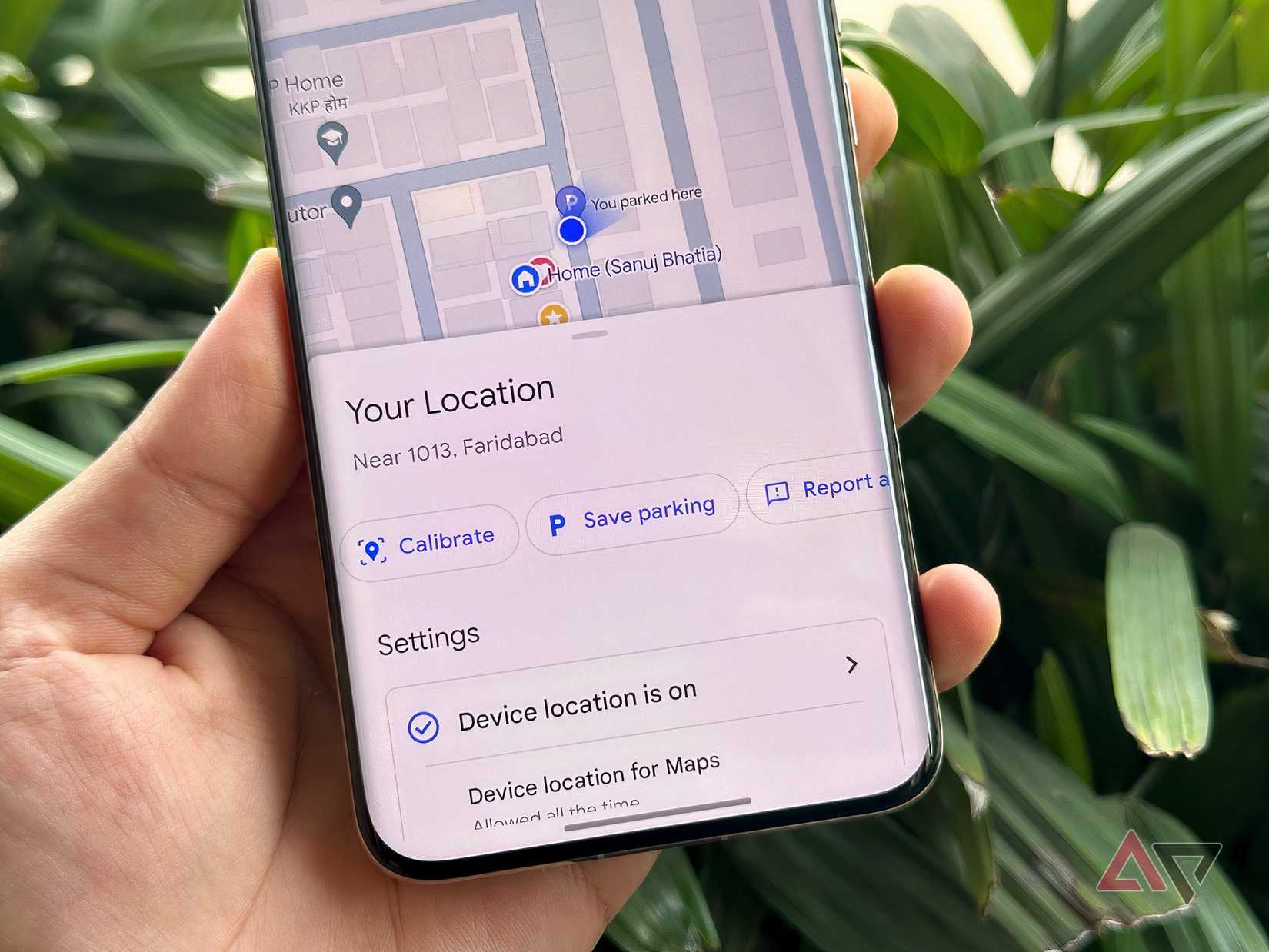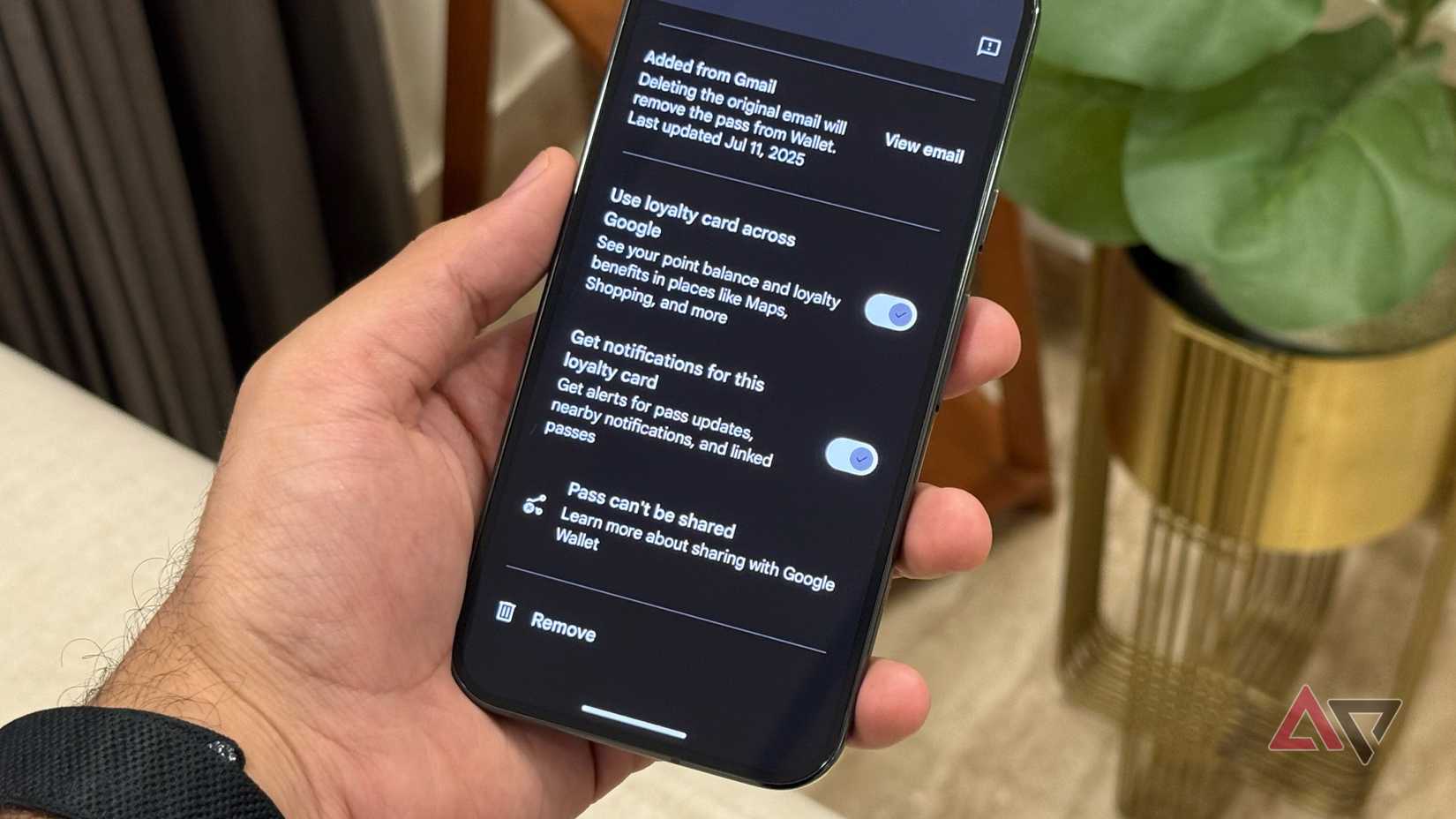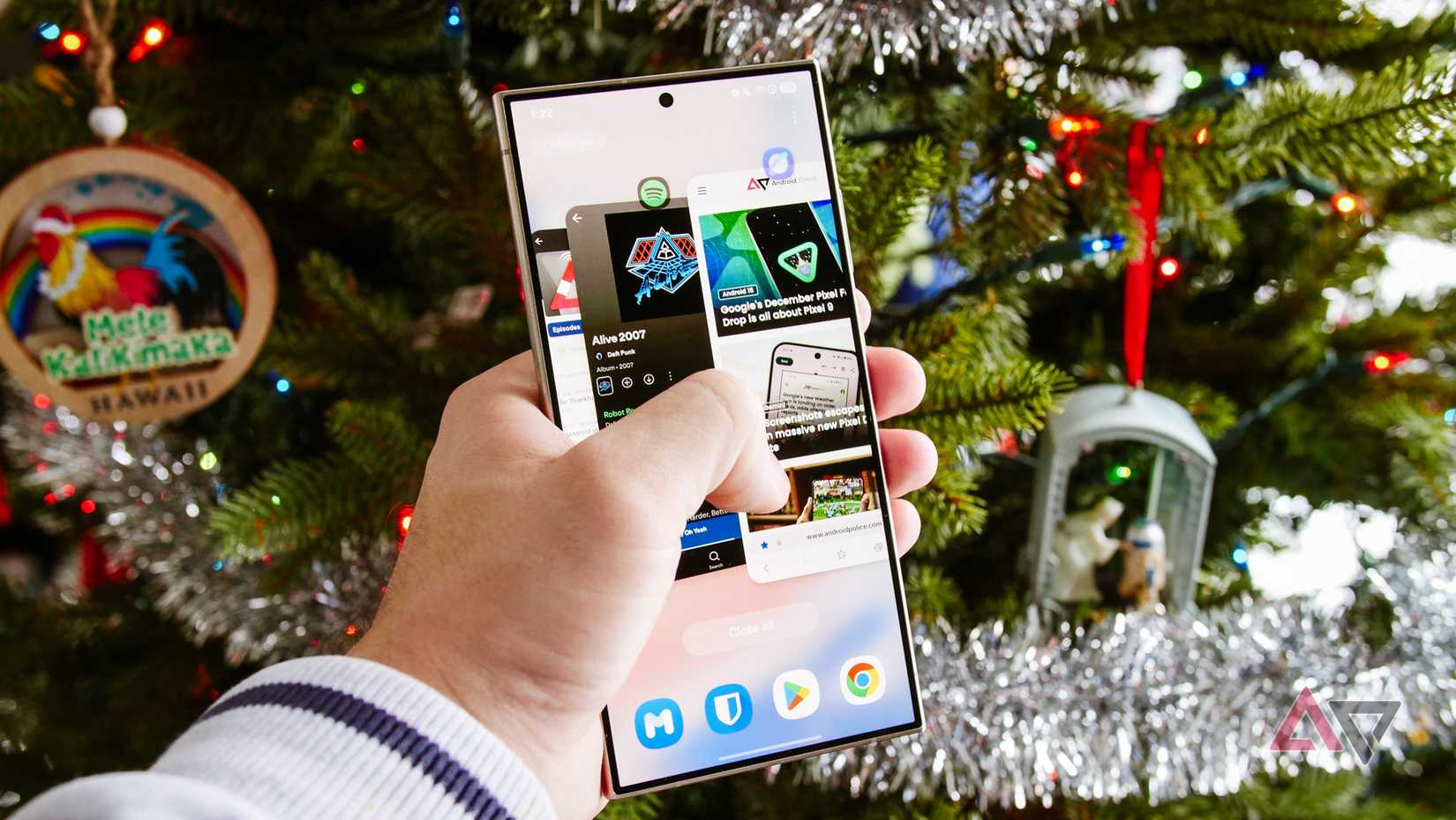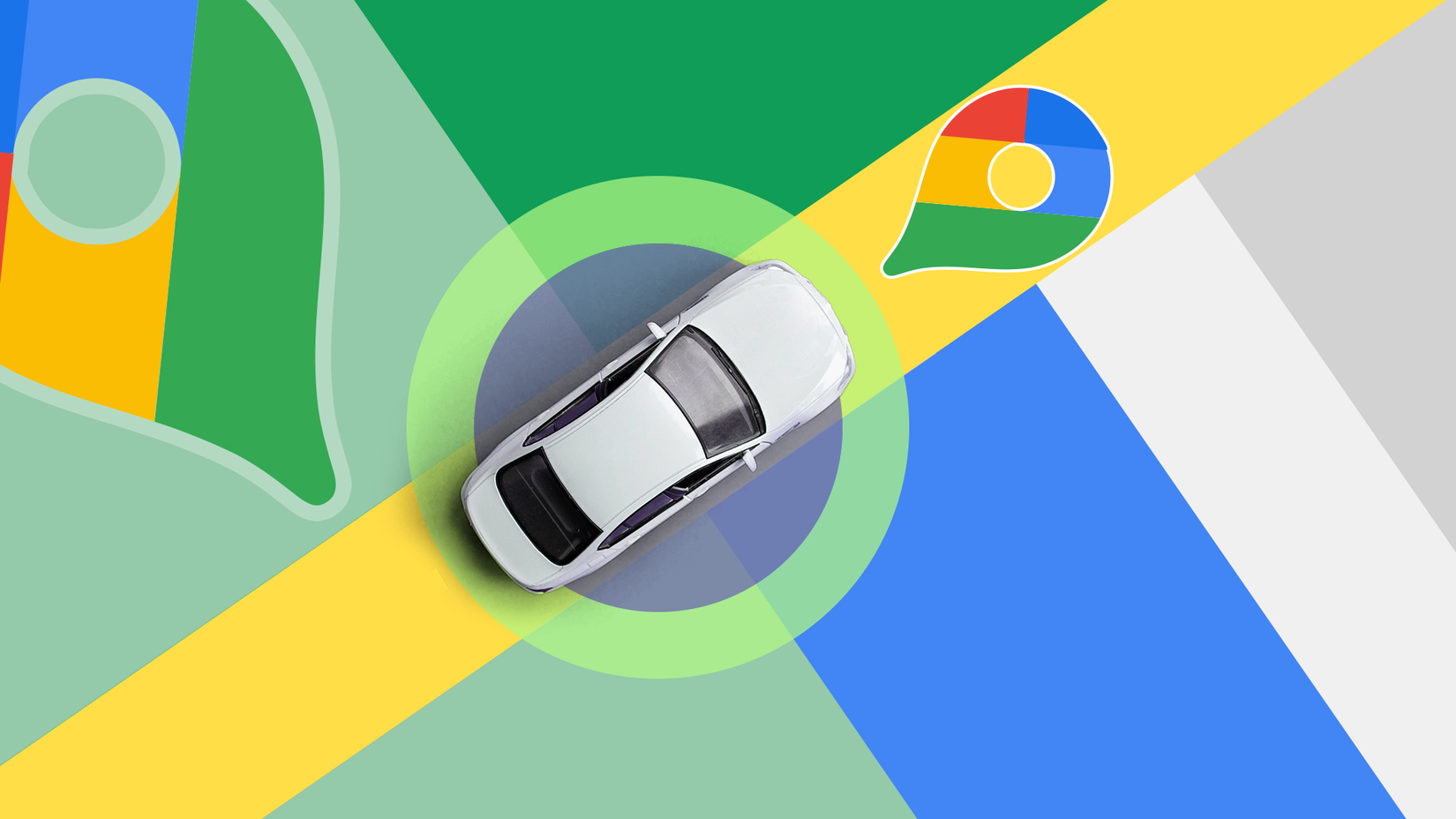While Android’s location services make phones smarter and more helpful to users, they’re deeply contentious for all the right reasons.
Privacy is arguably the most popular of them, but the feeling of loss of control over personal data is only one facet.
Android’s location services also impact your battery life and data usage. Depending on what apps you use on your phone, they can take a toll on the overall performance of your Android phone.
Since your phone is constantly running processes in the background, it’s only natural for all services to draw power and, in many cases, data.
However, location services aren’t like “another” background process, as they can impact the battery and data in ways that you may not know.
Here are five ways Android’s location services can impact your battery and data usage more than you realize.
5
Checking for location can drain battery faster than you think
It’s not impossible to live life without location services enabled on Android phones, but it is difficult, especially if you’re already used to them.
Since many of the popular apps require location to function, most of us have likely used them in some capacity at some point.
Checking for location makes the GPS chip active, which makes the battery drain fast.
While all Android services consume power, in the case of location services, how fast it drains the battery depends on a few factors.
If your phone needs to compute your location data more frequently, it’ll drain the battery faster. This is because your phone, especially the GPS chip, needs to work more for additional calculations.
There are no credible studies that show data that proves how much more battery is lost with the increase in frequencies.
However, you’ll see a noticeable drop in the battery life if you use location-based triggers, which keep checking your location to turn on a feature.
If you have a Samsung Galaxy phone, the easiest way to experience this is by using the built-in Modes and Routines.
You’ll notice battery degradation on any other location-based automation services.
4
High accuracy costs more power
The level of precision with which your phone computes your location also plays a role. The higher the accuracy, the faster your battery will drain.
To compute location with greater precision, your system puts more hardware resources to use.
When accuracy is the priority, your Android phone uses a combination of GPS, Bluetooth, Wi-Fi, and mobile networks. This means your phone works harder to find your exact location than to figure out your approximate location.
This, in turn, will cause the battery to drain quickly.
3
Background location access keeps your apps awake
When you don’t use an app, it doesn’t necessarily mean it is idle in the background.
However, how much it’ll use will depend on how you want to use the app. For example, the app will continue to track your location if you set Location permission for that app to Allow all the time.
When you grant permission to access your location all the time, it keeps tracking your location, even when you don’t use the app.
Even though Android does a decent job at suspending background activities when unused for a while, thus saving battery life, background location requests prevent the system from putting it to sleep.
In such scenarios, the app is still doing its work, but you aren’t interacting with it, and yet your battery still pays the price. Not only that, but it can also cost you mobile data.
2
Background apps send out your location without you knowing
Background location tracking costs data only when the data is transmitted to the company’s servers. Some of the top Google apps on Android send location data to the company’s servers to provide you with the best experience.
Different categories of apps collect and send location data to their servers for very specific reasons. Social media apps, including Facebook, Instagram, and Snapchat, do it to bring some of their core functionalities to the users.
Social media apps send out location data to servers to show you local content, friend suggestions, geotagging, targeted ads, and more. Uploading that location information to the servers costs data.
However, you can still make its impact on your data usage minimal if you know when not to grant permission to access your location data.
When you allow your apps to keep track of your location all the time, those apps will upload more data to the servers, resulting in you losing more data.
1
Navigation apps consume extra data
Navigation apps not only use GPS to find your location, but they also constantly communicate with servers to give you the latest traffic information in real time, and many other features that you may need in certain scenarios.
The amount of data the navigation apps use depends on several factors.
You’ll lose your mobile data faster when navigation apps show you constant live traffic updates and give you real-time incident alerts.
Although not every navigation supports it, live location sharing is another feature that can consume significant data and battery life, especially when you use it for a long time.
You’ll also lose your data more if you use the app in satellite view, and understandably so. This is because, instead of map lines, the app shows you high-resolution images of the Earth to give you more visual clarity and context.
Features such as voice guidance and nearby place suggestions also add to additional data consumption.
High-traffic situations can make the matter worse, because in such cases, navigation apps need to recalculate routes more frequently, download additional updates, which can further drain battery and increase data usage.
While downloading maps through Wi-Fi can save you mobile data, it’s worth keeping in mind that offline maps won’t give you live traffic updates or any other benefits that rely on constant server communication.
Finding the right balance with Android’s location services is the key
Your Android handset has a lot of things going on under the hood, even when you don’t use it.
However, for general users, not everything needs your attention, though location services indeed do because of their widespread impact.
They can compromise your privacy, make the battery drain fast, and increase data usage. While all these can sound terrifying, you should also take the benefits into account to form a balanced opinion.
You can turn off location services on your Android phone to avoid the trade-offs, but that can also mean giving up on features that help you.
A more balanced approach is to use the location services wisely: deny access to location services to those apps and services that don’t need them to run.
It’s also a great habit to keep checking the Permissions of individual apps regularly so that you can spot apps that might be using location services without your knowledge.
Even if you don’t do it often, this is one of the first few things you should do if you feel your phone is consuming more data and power than it should.





